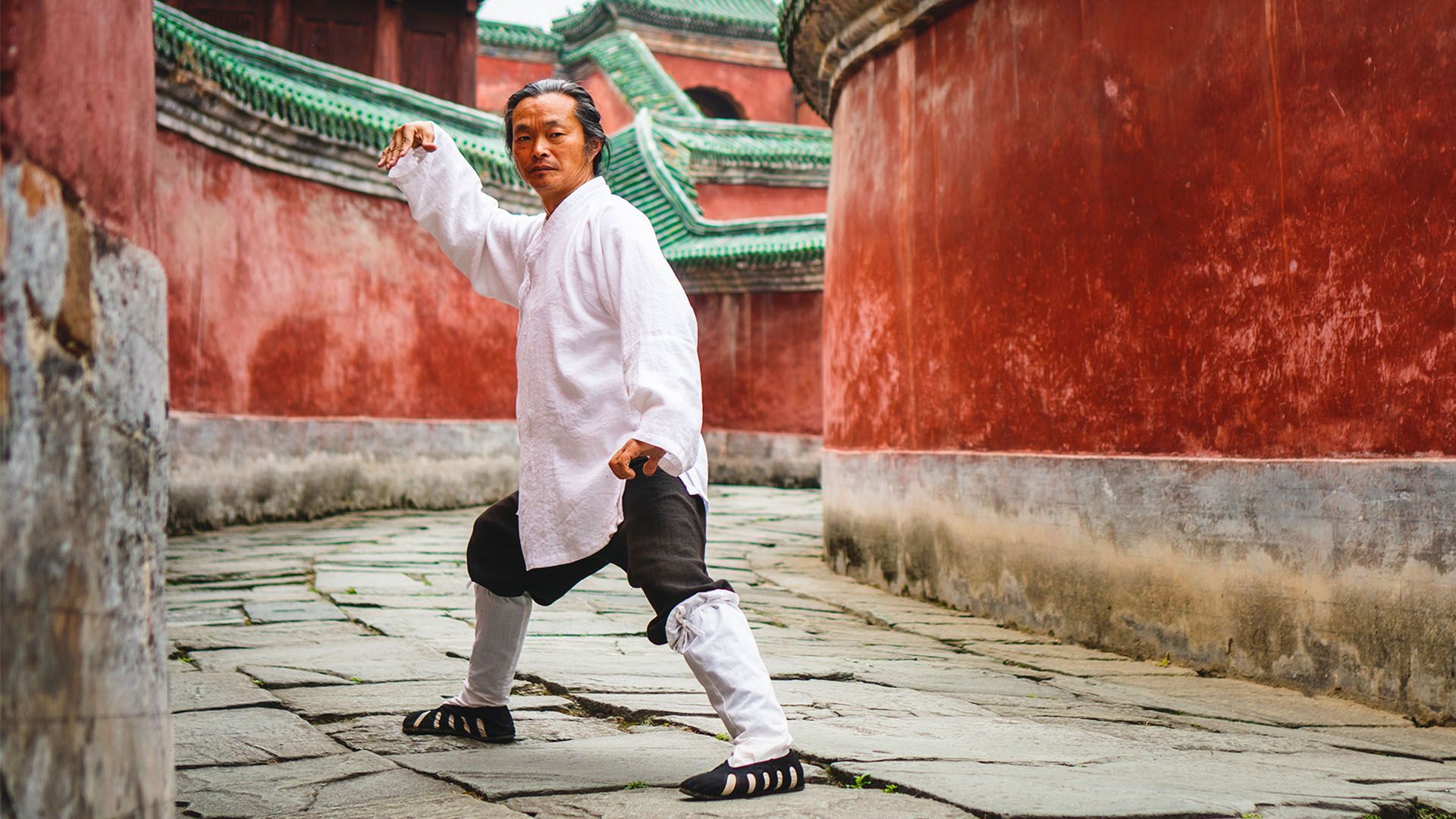Kung Fu vs Karate: The Major Difference Between Them
May 03, 2024
When exploring the realm of martial arts, a common question arises: Kung fu vs. karate, what are the major differences? Both disciplines boast a rich history and are steeped in cultural tradition, yet they differ significantly in style, origin, and technique. Karate, a systematic martial art from Japan, focuses on direct strikes and rigid forms.
In contrast, kung fu, from China, offers a diverse array of styles that emphasize fluidity and adaptability. This article provides a comprehensive guide, dissecting the unique elements and cultural backgrounds of each martial art to help enthusiasts understand their divergent paths.
Table of Contents
Ancient Roots of Kung Fu
Kung Fu, a revered Chinese martial art, has a storied past deeply rooted in the Shaolin Temple, where it was cultivated by monks for self-defense and spiritual growth. These early forms of Kung Fu were not merely about combat but also about achieving a higher state of mindfulness and discipline. Over centuries, styles like Wing Chun emerged, tailored specifically to leverage reflexes over brute strength, illustrating the adaptability and depth of Kung Fu.
Historical Evolution of Karate
Karate originated in the Ryukyu Islands, now part of Japan, before spreading worldwide as a distinct form of martial art. It systematically structured itself in Okinawa, blending native practices with influences from Chinese martial arts, notably Kung Fu. This evolution saw the development of unique techniques that emphasize striking, kicking, and defensive blocking. Karate's journey from a secretive practice to a global sport highlights its capacity to bridge cultural gaps and promote physical and ethical training.
Philosophical Foundations
Kung Fu:
Kung Fu, often referred to as a traditional Chinese martial art, embraces a deep philosophical core centered on the harmony between body and mind. Originating from ancient practices, this art form integrates movements that emphasize fluidity and grace. Practitioners of Kung Fu, like Shaolin monks, focus on mastery over self, which is reflected in their disciplined approach to both martial and spiritual growth.
Karate:
Karate, which originated in Japan, draws influence from Okinawan fighting methods once called “Te.” Generally considered a more linear martial art, it features techniques that typically shift weight laterally to deliver powerful strikes. Karate promotes not just physical strength but also mental discipline, instilling values such as respect, humility, and perseverance. Its philosophy underscores self-defense as a path to character development and peace.
Kung Fu vs Karate: Major Differences
Style and Techniques:
Karate is generally recognized for its linear movements, emphasizing direct attacks and defenses. The techniques within Karate involve a higher stance and straightforward strikes. Kung Fu, on the other hand, encompasses a variety of fighting styles, including the fluid, circular movements of Tai Chi and the aggressive strikes of Wing Chun, reflecting a richer diversity in forms and techniques.
Training and Movements:
Karate training focuses on precise, repetitive movements designed to instill discipline and improve technique. Karate movements are known for shifting weight laterally to maintain balance and power. Kung Fu training, however, tends to be more varied, often incorporating more dynamic movements that improve flexibility and internal energy flow, like those seen in Choy Li Fut.
Uniform and Attire:
Karate practitioners wear a uniform known as a 'Karategi', which is plain and utilitarian, designed for mobility and ease. Kung Fu uniforms are often more ornate, featuring traditional Chinese style buttons and sometimes, style tops with frog buttons, which reflect the cultural heritage of the martial arts.
Philosophy and Focus:
Karate emphasizes self-discipline, improvement of character, and being a defensive martial art. It is often said to be more linear and structured in its approach. Kung Fu, however, focuses not only on physical prowess but also on the cultivation of Qi (life force) and spiritual harmony, reflecting its roots in Chinese philosophy and traditional wellness practices.
Application and Use:
While both martial arts styles are effective in self-defense, their application in combat can be different. Karate tends to be more focused on powerful, straightforward strikes and blocks, which are useful in direct confrontations. Kung Fu, with its diverse range of techniques and styles, offers tools for various combat situations, including grappling with your target and using your opponent’s force against them.
Also Read: Taekwondo vs Karate
Multiple Forms of Kung Fu and Karate
Kung Fu and Karate, while both are martial arts, consist of various styles and techniques that have evolved over centuries. Each form brings its own unique essence and methodologies, contributing to a rich tapestry of martial arts culture.
Kung Fu Styles:
- Shaolin Kung Fu: Originating from the Shaolin Temple, this style incorporates Zen Buddhism into its practice.
- Wing Chun: Focused on close combat, quick arm movements, and strong legs.
- Tai Chi: Known for its slow movements and deep breath work, which enhance both the body and mind.
- Choy Li Fut: Combines powerful circular movements with agile footwork.
- Praying Mantis: It mimics the movements of the praying mantis; it's known for its speed and precision.
Are you interested in mastering the art of Tai Chi with the correct posture? Join Master Gu's Tai Chi course at the Wudang Taoist Wellness Academy. Discover the secrets of this ancient practice and transform your well-being. Get started now!
Karate Styles:
- Shotokan: Characterized by deep, long stances and powerful strikes, enhancing stability and force.
- Goju-Ryu: Emphasizes soft circular movements contrasted with quick, linear strikes.
- Shito-Ryu: Features a diverse range of techniques and forms, making it very adaptable.
- Wado-Ryu: Integrates Jujutsu's techniques, promoting a more fluid movement style.
- Kyokushin: Known for its full contact sparring, emphasizing endurance and strength.
Cultural Differences Between Karate and Kung Fu
Karate and kung fu, both celebrated martial arts, display distinct cultural origins and techniques. Originating in Japan, karate evolved from an ancient form known as "Te," meaning hand. It emphasizes linear movements and a systematic approach, with practitioners often wearing a uniform called a gi. Karate belts, whose colors indicate skill level, are central to this tradition.
On the other hand, kung fu, a term used to describe various fighting styles from China, showcases more fluid and circular movements. This martial art is an umbrella term for forms that may include the famous Shaolin-si techniques, noted for their complexity and grace. Unlike karate, which often involves bare feet, kung fu practitioners sometimes wear shoes.
Key differences include:
- Origin: Karate developed in Japan; kung fu came from China.
- Techniques: Karate uses direct strikes; kung fu features flowing movements.
- Attire: Karate practitioners wear a gi; some styles of kung fu allow shoes.
Conclusion
Having delved into the distinct worlds of kung fu and karate, we've uncovered the layers that define their techniques and cultural roots. From the flowing movements of kung fu to the disciplined strikes of karate, each art form enriches its practitioners with a deep sense of history and physical artistry. Reflecting on their differences, which martial arts resonate more with your personal philosophy and physical goals?







